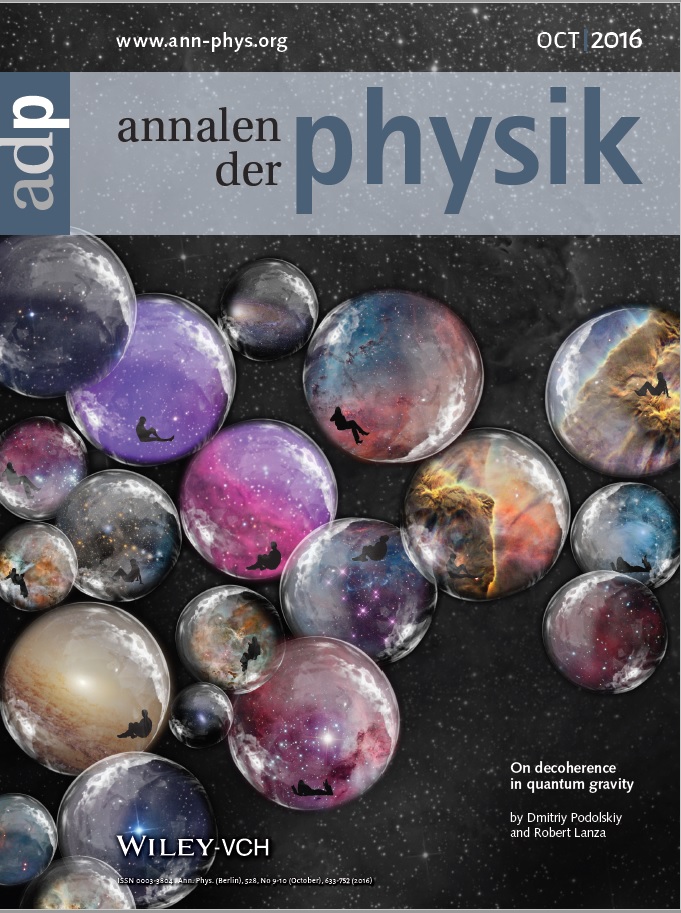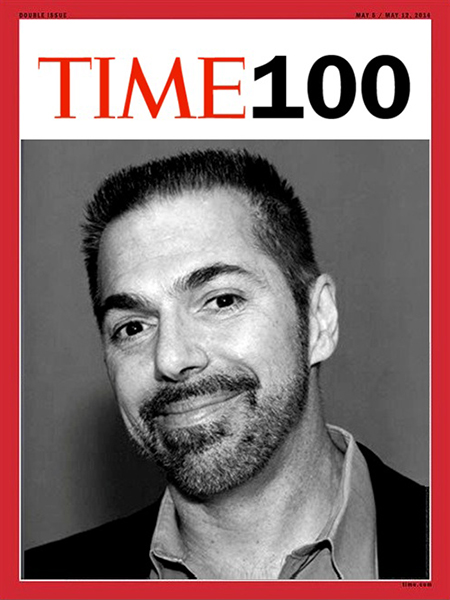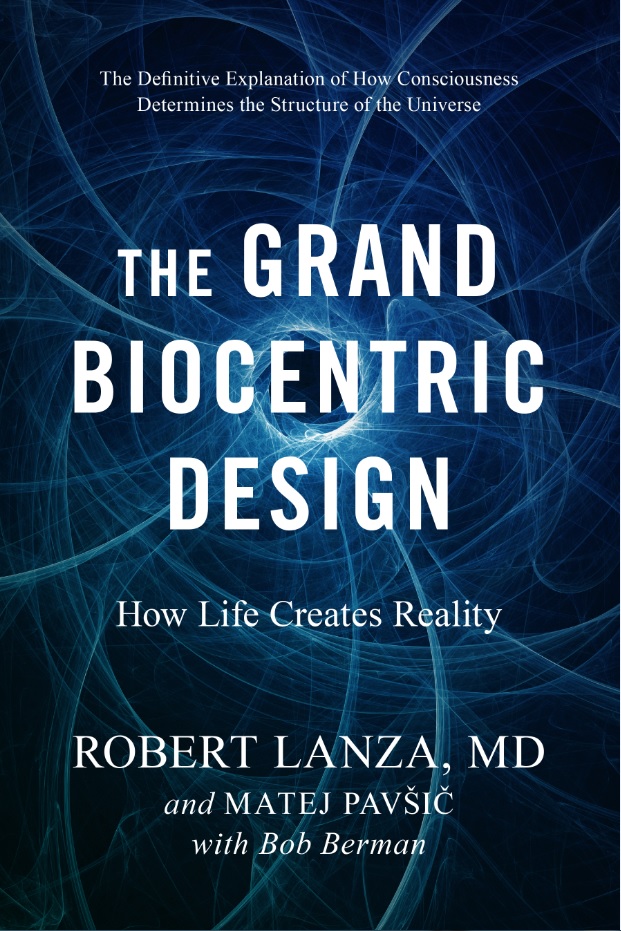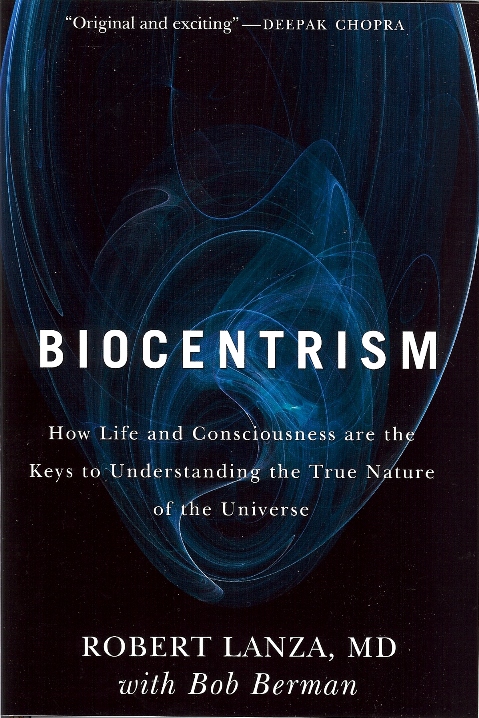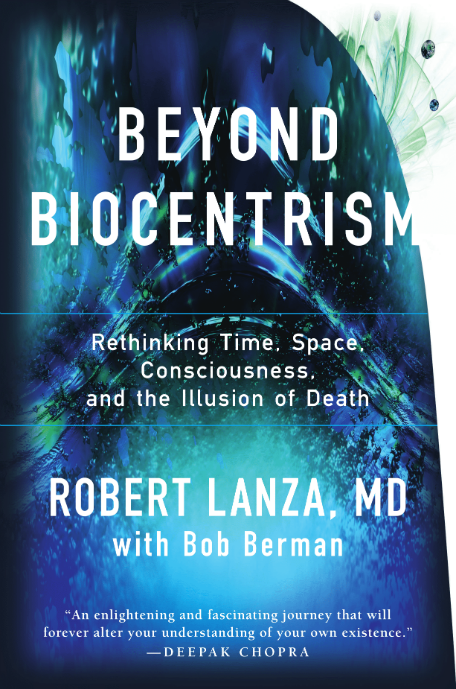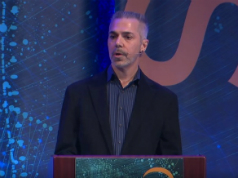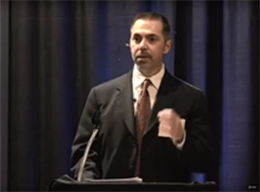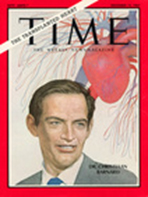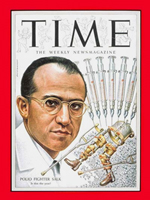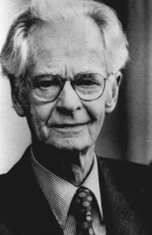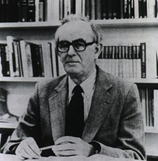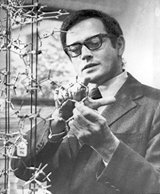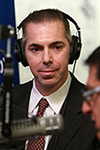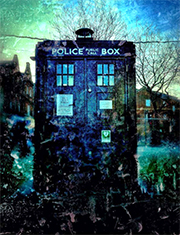Dr. Lanza is one of the most respected scientists in the world—a U.S. World & News Report cover story called him a “genius” and “renegade thinker,” even likening him to Einstein. He is currently chief scientific officer of the Astellas Institute for Regenerative Medicine and professor at Wake Forest University School of Medicine. Lanza was recognized by TIME Magazine in 2014 on its list of the “100 Most Influential People in the World.” PROSPECT Magazine named him one of the Top 50 “World Thinkers” in 2015.
Dr. Lanza’s current research focuses on stem cells and regenerative medicine and their potential to provide therapies for some of the world’s most deadly and debilitating conditions. He is credited with several hundred publications and inventions, and over 30 scientific books, including the definitive references in the fields of stem cells and regenerative medicine.
As a former Fulbright Scholar, Lanza studied with polio-pioneer Jonas Salk and Nobel laureates Gerald Edelman and Rodney Porter. He also worked closely (and co-authored a series of papers) with noted Harvard psychologist B.F. Skinner and heart transplant pioneer Christiaan Barnard. Dr. Lanza received his undergraduate and medical degrees from the University of Pennsylvania, where he was both a University Scholar and Benjamin Franklin Scholar. Lanza was part of the team that cloned the world’s first human embryo, as well as the first to successfully generate stem cells from adults using somatic cell nuclear transfer (therapeutic cloning). In 2001 he was also the first to clone an endangered species, and recently published the first-ever report of pluripotent stem cell use in humans.
“Robert Lanza is the living embodiment of the character played by Matt Damon in the movie “Good Will Hunting.” Growing up underprivileged in Stoughton, Mass., south of Boston, the young preteen caught the attention of Harvard Medical School researchers when he showed up on the university steps having successfully altered the genetics of chickens in his basement. Over the next decade, he was “discovered” and taken under the wing of scientific giants such as psychologist B.F. Skinner, immunologist Jonas Salk, and heart transplant pioneer Christiaan Barnard. His mentors described him as a “genius,” a “renegade thinker,” even likening him to Einstein.” — U.S. News & World Report, cover story

Stem cell and cloning guru Robert Lanza has battled the Catholic Church, the White House, and violent protesters.
Whether defying the dean of the University of Pennsylvania School of Medicine so he could publish a book on world health or challenging the titans of cosmology, Robert Lanza has never followed the script. It's no wonder, then, that this renegade doctor would lead the charge into medicine's most controversial turf: the creation of cloned embryos for therapy and the engineering of spare human parts.
The value of therapeutic cloning has long been clear to Lanza, who did his early work with South African heart transplant pioneer Christiaan Barnard. Starting from those early days, Lanza understood that the barrier to tissue transfer was rejection by the recipient. From an entire organ to a dose of embryonic stem cells, if the tissue’s DNA came from anyone else, the transplant would be rejected without the aid of harsh immunosuppressive drugs. "The treatment could be worse than the problem," Lanza found. But embryonic clones, the source of an endless supply of stem cells imprinted with one's personal DNA, could alter the equation in favor of the patient and augur a paradigm shift in medicine on par with the changes brought about by antibiotics and vaccines.
Lanza's single-minded quest to usher in this new age has paid dividends in scientific insights and groundbreaking discoveries. Today a world force in the field of regenerative medicine, he's close to delivering cellular therapies that might reseed the immune system, heal damaged hearts, even save limbs.

The advance raised new possibilities for regenerative medicine
Robert P. Lanza, American scientist known for his research on cloning, particularly his contributions to the refinement of a somatic cell nuclear transfer (SCNT) technique that enabled the generation of the world's first human embryonic stem (ES) cells from aged somatic (body) cells …The advance raised new possibilities for regenerative medicine, where transplantation with ES cells derived from adult cells held therapeutic promise for a wide array of diseases and disorders.
As a youth, Lanza emerged from disadvantaged circumstances to win recognition for a science-fair project in which he used nuclear protein to induce melanin (pigment) production in white chickens. He eventually published his findings in the journal Nature. Lanza went on to receive B.A. (1978) and M.D. (1983) degrees from the University of Pennsylvania. During his studies he spent time in the laboratories of such renowned scientists as the American physician and medical researcher Jonas Salk and the American psychologist B.F. Skinner. Lanza also traveled to South Africa to study heart-transplant medicine with surgeon Christiaan Barnard.
… He later helped generate human ES cells from single blastomeres—cells produced through cleavage of the fertilized egg prior to embryo formation—potentially circumventing the issue of embryo destruction. Lanza also contributed to research in which ES cells were successfully differentiated into retinal pigment epithelium, the cell layer that nourishes the retina of the eye. The work led to the first clinical trials to test ES cells in human patients…
Lanza was the recipient of various awards. He also wrote or cowrote numerous books, notably Biocentrism (2009; with Bob Berman), in which he elaborated on the idea that life and consciousness are fundamental elements of the universe rather than accidents of the laws of physics. In 2014 Lanza was among the 100 honoured by Time magazine as the world's most influential people.

Robert Lanza C'78 M'83 has racked up a slew of scientific accolades—and generated an equal amount of controversy—for his pioneering work on cloning and stem cells. And then there's the private island stocked with dinosaur fossils, the Good Will Hunting comparisons … and his "theory of everything."
Sixteen miles outside Boston, in the back corner of an unfinished basement, a teenage boy lowers his syringe to a chicken egg and takes aim.
It's 1969 and this is Robert Lanza's first time experimenting with embryos. He isn't yet a well-known scientist. He hasn't achieved all those cloning and stem-cell firsts, hasn't been called genius or renegade. He doesn't have to worry about being killed on his way to work. Journalists haven't come up with the "real-life Good Will Hunting" analogy or suggested that he open his own Jurassic Park. He hasn't worked with B.F. Skinner and Jonas Salk, hasn't told off the former dean of Penn’s medical school. He doesn't have a private 10-acre island and a house filled with dinosaur bones. That will all come later. Today he's still just a kid, and he wants to win the school science fair.

Lanza published a paper in The Lancet earlier this year detailing the results of early clinical trials involving two women suffering from macular degeneration. A UCLA ophthalmologist injected each woman with 50,000 retinal cells derived from human embryonic stem cells, and according to the paper, both claim to have better vision as a result. They're not 20/20. But after a single injection one now walks the mall alone, uses her computer, and can pour a cup of coffee. The other sees colors and can read five letters on the eye chart. If Lanza is remembered one day as the man who saved millions from blindness, his story will provide a ready-made biopic for Ben Affleck. Born in the hardscrabble town of Roxbury and raised by a professional gambler, he escaped the economic underclass through intelligence and imagination. At 13, he altered the DNA of a chicken to make it change color; the experiment was published in Nature. His sisters never graduated from high school. He received an MD from Penn and a Fulbright scholarship, and has collaborated with giants, including B.F. Skinner and Jonas Salk. He was the first ever to clone an endangered species, and now he's the standard-bearer for stem cell research.

The Dawning of a New Era of Hope
Stem cell researcher Robert Lanza hopes to save thousands of lives — and for a long time this caused him to fear for his own… At the time, a doctor was threatened at a nearby fertility clinic, and a pipe bomb exploded at a bio lab in Boston. "Back then I thought that there was probably a 50-50 chance that I was going to get knocked off because I was so visible," says the doctor. "I said, okay, try to kill me — I'm still going to do what I think is right." In Lanza's case, doing what is "right" involves working with therapies based on human stem cells. The blind shall see again; the paralyzed shall walk again; the hemophiliac shall not bleed anymore. That may sound like something out of the Bible, but Lanza is no faith healer. In fact, the US business magazine Fortune called him "the standard-bearer for stem cell research." Lanza is often compared to the main character played by Matt Damon in the film "Good Will Hunting," a highly talented outsider who, like Lanza, comes from a humble background.
Initial Success: "We have some surprisingly good visual outcome," says Steven Schwartz, an eye surgeon at UCLA. He says that one of his patients can read a clock again and go shopping, while another can recognize colors again. Lanza is a "genius" and his work is "stellar," Schwartz says.





